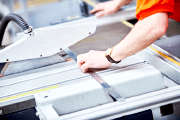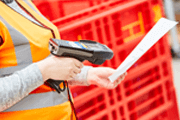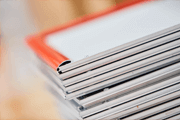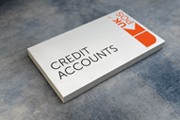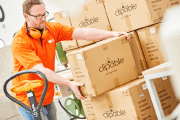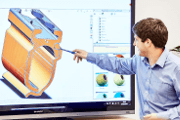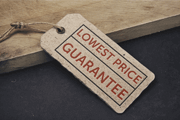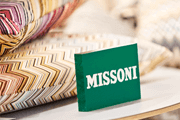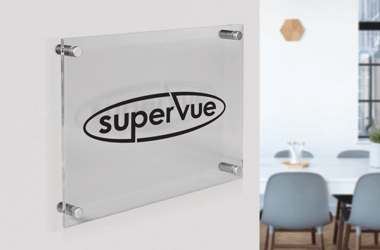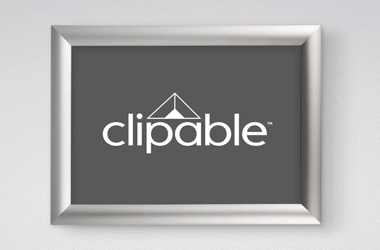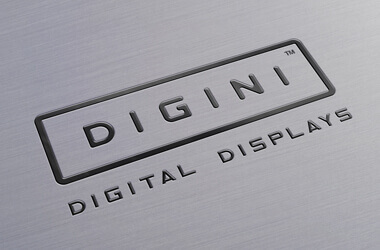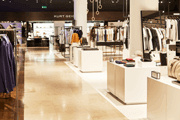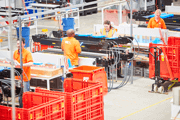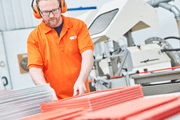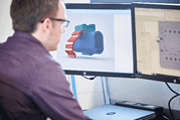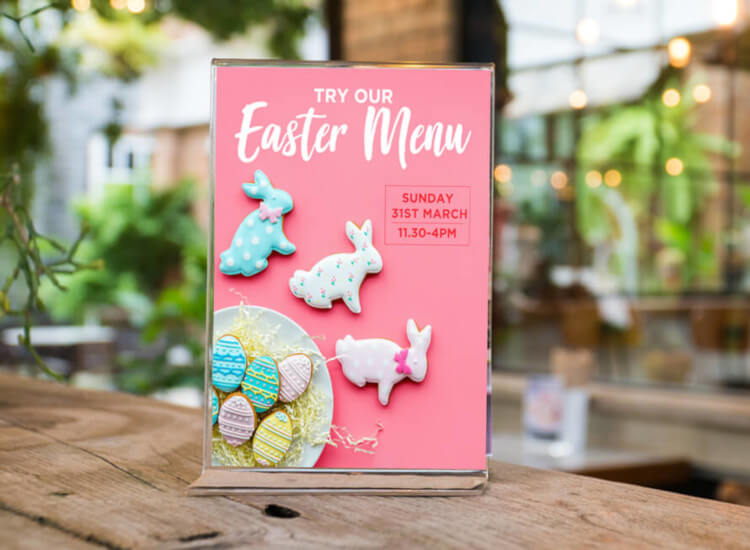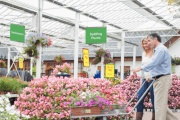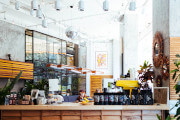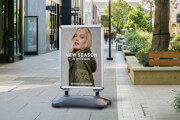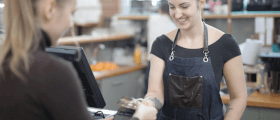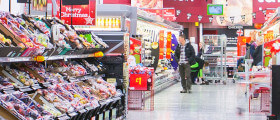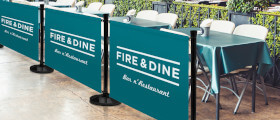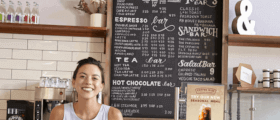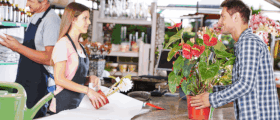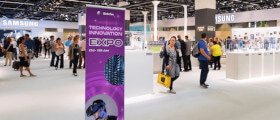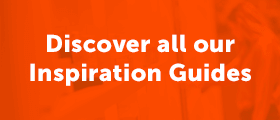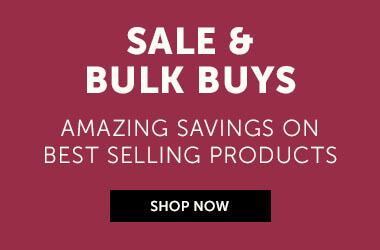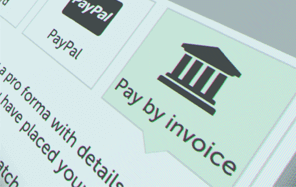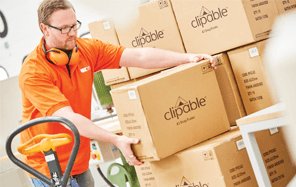How To Use Impulse Purchases To Increase Sales
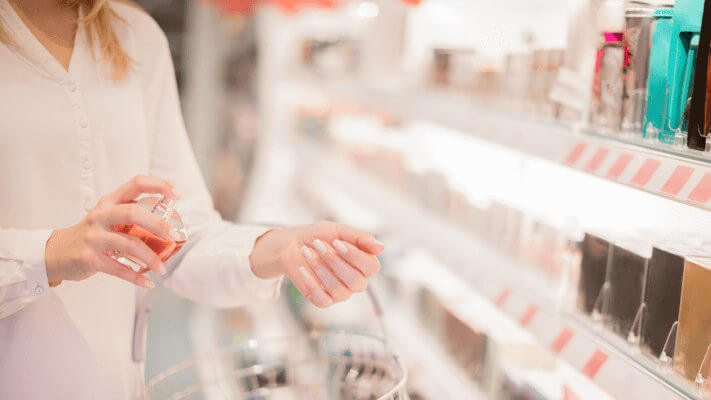
What is impulse buying?
Impulse buying occurs ‘when a consumer experiences a sudden, often powerful and persistent urge to buy something immediately’ - even if they entered the store without the intention to buy that item [1].
But what triggers a customer to make an impulse purchase decision? There is no one set factor that drives a person to buy something that they had not initially set out to buy. There are, however, various aspects of your store that you can utilise to make this purchase behaviour more likely, which include working to optimise store atmosphere and promotional signage.

Impulse buying has a big impact on the success of a retailer, as surveys have shown that impulse buying makes up 27-62% of the total buying at shopping centres [2].
Not encouraging this behaviour could result in your business missing out on bigger profits. Impulse buying behaviour is complex, as it consists of a wide range of factors and emotions to combine to create a trigger.
So what makes people buy? Research conducted in the United States and Great Britain has shown that factors like consumers' mood, emotional state, national culture and demographic factors influence impulsive buying behaviour [3].
The psychology behind impulse purchases
The decision to buy a product or service can be attributed to a number of different psychological events. The most understandable reason is that we get a good feeling from a ‘new’ product, which is likely gained through the excitement of receiving gifts as a child.
Another strong psychological push towards impulse buying is the ‘loss aversion trigger’ [4]. This is the feeling that you need to avoid feeling bad in the future, which could involve making an impulse purchase to avoid missing out on a great deal. Customers are also very susceptible to deals that claim to save them money or time, such as buy-1-get-1-free offers and bundled products.
Cross merchandising
Cross merchandising is perhaps the easiest and least expensive way of increasing impulse purchases in store. This involves displaying related products next to each other, in order to prompt customers to buy an item that relates to the item that they initially wanted.
The principles of cross merchandising are to:
- Gently remind consumers of a need that they had forgotten they had.
- Save customers time in walking to various aisles or departments in larger stores.
- Introduce customers to new, relevant products.
Dump bins are a useful tool for displaying cross merchandise within busy aisles. The sign holders on the dump bins are especially important if you have an offer to advertise, such as BOGOF items and bundled discounts.
You often see dump bins used around grab-and-go food items such as sandwiches, where dump bins are used to hold extra items such as crisps and popcorn that customers will see and buy impulsively.
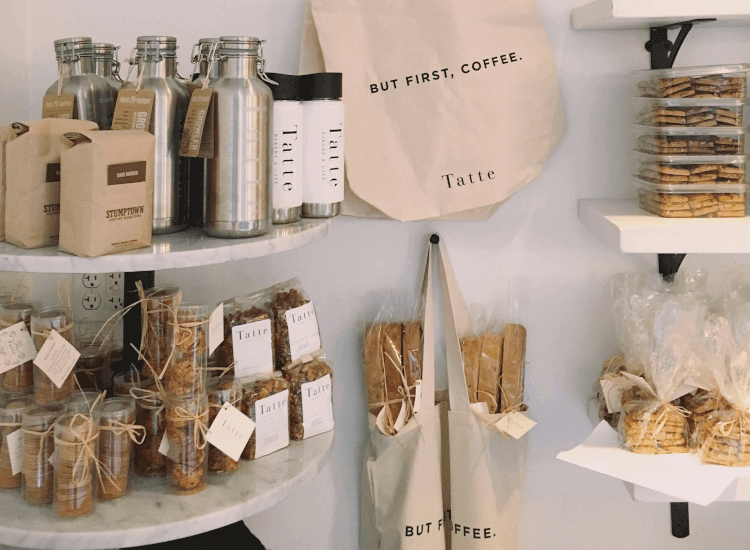
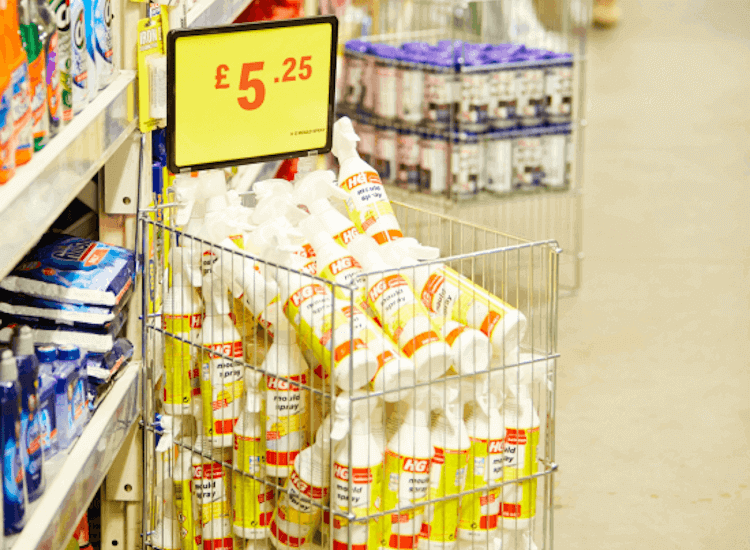
Make sure to place dump bins in high traffic areas, such as in the centre of aisles or next to popular products, not in corner of stores where not many people may notice them. A great example of how this works can be seen in a case study from Tesco.
In 1998, the supermarket noticed that a large proportion of people buying nappies were men [5], and it was believed that their partners had sent them out while they cared for the baby. Tesco then started to display beer and snacks alongside nappies, which resulted in an immediate increase in sales of these cross-merchandised products.
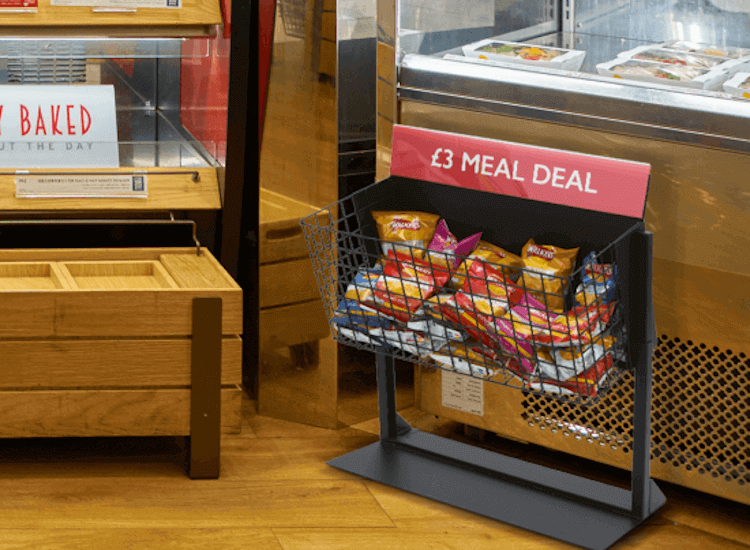
Other examples of cross merchandising could be displaying batteries next to electric toys, placing tubs of cream next to strawberries, or placing ketchup next to hot dog and burger buns.
Cross merchandising is a great way of selling old or slow-moving stock at the end of a season.
-
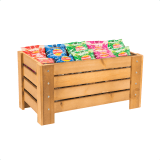
Wooden Crate Dump Bin
WCM In stockFrom: £89.00 ex. VATView -
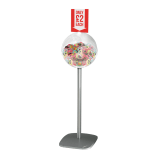
Freestanding Display Sphere
FDSPR In stockFrom: £43.81 ex. VATView -

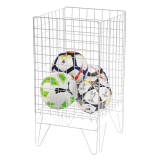
Collapsible White Dump Bin
CDB In stockFrom: £20.90 ex. VATView -
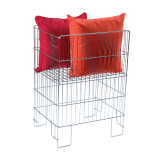
Collapsible Dump Bin Silver
CDBZ In stockFrom: £35.76 ex. VATView
Window displays and in-store signage
There is compelling evidence that window displays, floor merchandising and promotional signage have a great impact on customers’ impulse buying behaviour, based on a Pearson correlation test [6]. Signage and visual displays play a huge role in directing customers’ attention towards your promotional products. Studies show that in store marketing works particularly well for younger, more educated, opportunistic consumers, as they are more willing to consider and choose brands that were brought to their attention because of in store marketing [7].
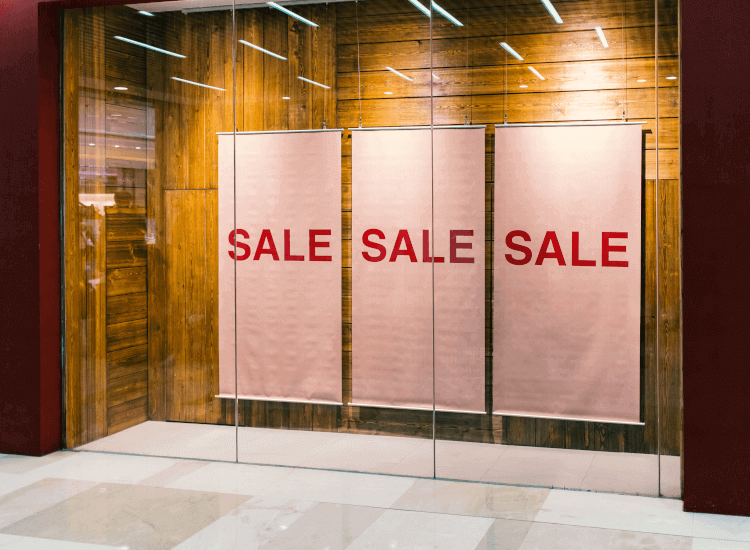
A window display is to your store what a front cover is to a book: designed to attract attention and pique interest from a glance.
It presents a fantastic opportunity to let customers know about your best deals and offers. In order to increase your chances of an impulse purchase, keep your messaging simple and make sure that your product is presented in an attractive way.
If you are a luxury store and large ‘SALE’ or ‘NEW’ signs are not quite suitable for your store window displays, then another way of enticing impulse buyers into your store is to present an aspirational image of your brand. This can be achieved using display plinths or cases to elevate your products, or large posters and signage.
Using seasonal products such as beauty gift sets or coats, which typically indicate the winter and festive period, tells customers subliminally that those items won’t be available for much longer. This evokes the same response in a customer, but without the need for overt promotional messages.
In-store signage is absolutely key to securing an impulse purchase. It allows you to direct customers' attention to your sale items or new stock quickly, encouraging them to make a purchase.
Use displays such as easels, aisle signs and hanging ceiling signs to draw your customers’ eyes towards your promotional items that could prompt an impulse purchase.
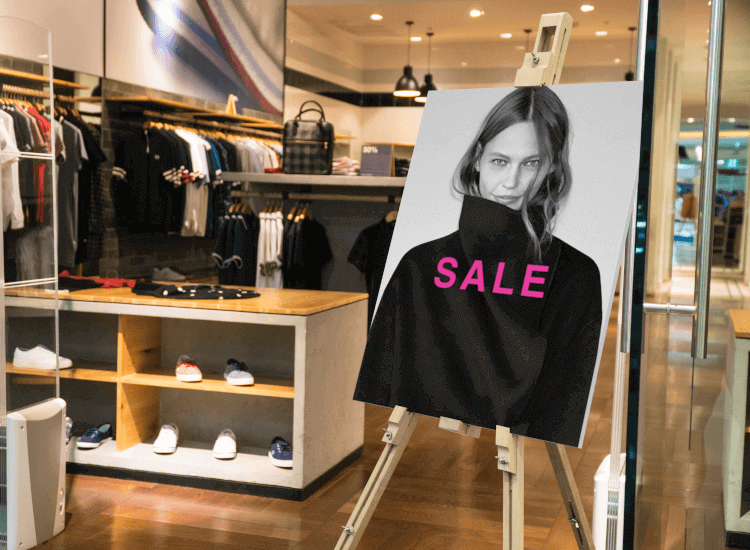
-
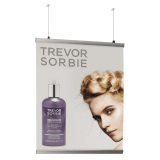
Aluminium Poster Gripper
PSC1 In stockFrom: £6.90 ex. VATView -
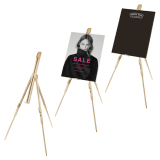
Collapsible Wooden Easel
EASC In stockFrom: £27.00 ex. VATView -
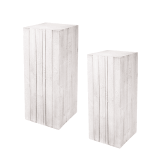
Wooden Plinth Display Set of 2
PDW In stockFrom: £119.00 ex. VATView -
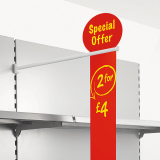
Aisle Fin Holder with Double Slot
AFS7 In stockFrom: £9.10 ex. VATView
References
1. Rook, D. W., ‘The buying impulse’ (1987), Journal of Consumer Research, 14(2), 189–199, retrieved from https://doi.org/10.1086/209105.
2. Rasa Gudonaviciene & Sonata Alijosiene, 'Visual Merchandising Impact on Impulse Buying Behaviour', Procedia Social and Behavioral Sciences (2015), p. 635.
3. Vidha Pradhan, 'Study on Impulsive Buying Behavior among Consumers in Supermarket in Kathmandu Valley', Journal of Business and Social Sciences Research (2016), Vol. 1, No. 2, p. 216.
4. Philip Graves, ‘Five Reasons We Impulse Buy’, Psychology Today (2013), retrieved from: https://www.psychologytoday.com/us/blog/consumer-behavior/201303/five-reasons-we-impulse-buy.
5. ‘Do diapers drive dads to drink?’, BBC News (1998), retrieved from: http://news.bbc.co.uk/1/hi/uk/77622.stm.
6. Neha P. Mehta & Pawan K. Chugan, 'The Impact of Visual Merchandising on Impulse Buying Behavior of Consumer: A Case from Central Mall of Ahmedabad India', Universal Journal of Management (2013), 1(2): 76-82, p80
7. P. Chandon, J. Hutchinson, E. Bradlow & S. Young, ‘Does In-Store Marketing Work? Effects of the Number and Position of Shelf Facings on Brand Attention and Evaluation at the Point of Purchase’, Alliance Center for Global Research and Development (2009), p. 31.

